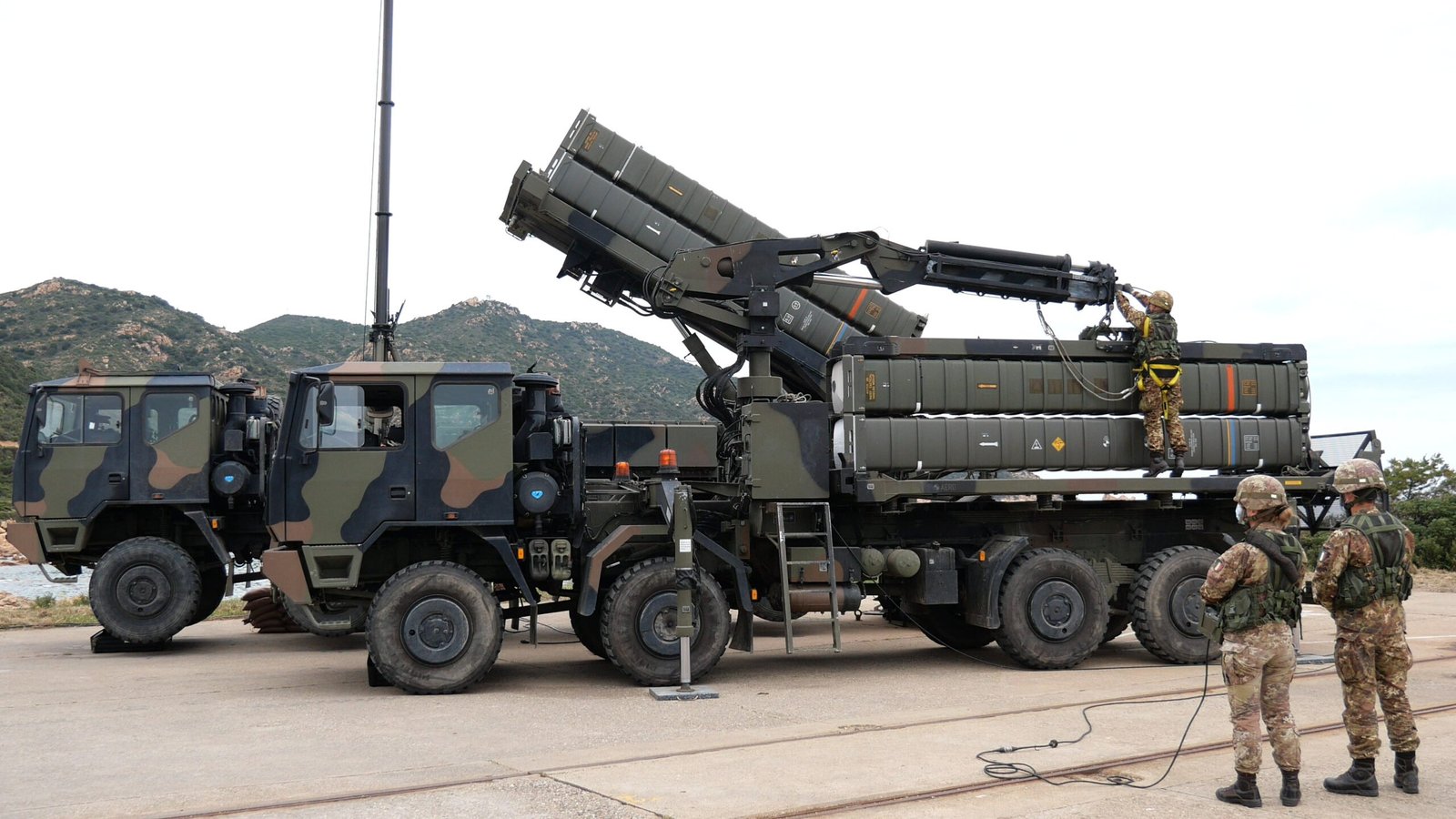
Denmark Buys new air Defense Systems
The Danish Armed Forces are moving forward with a large-scale initiative to build a national ground-based air defense (GBAD) network, the Ministry of Defence announced this week.
The decision includes the procurement of eight integrated systems designed to protect civilians, military installations, and critical infrastructure from aerial threats.
The new effort follows the March 2025 establishment of the Air Defence Wing, which created the structural foundation for Denmark’s investment in modern air and missile defense. Since then, the process has run on two tracks. In June, the government approved an expedited purchase of mid-range systems to provide an immediate layer of protection. The latest decision expands the plan with a long-range element.
According to a statement from the Ministry of Defence, the Franco-Italian SAMP/T system will serve as the long-range component. For medium-range coverage, Danish forces will use a combination of systems already acquired or under evaluation, including Norway’s NASAMS, Germany’s IRIS-T, and France’s VL MICA. The systems were selected based on operational, financial, and strategic assessments.
“The current security environment makes ground-based air defense an absolute top priority in rebuilding the Armed Forces,” said Danish Minister of Defence Troels Lund Poulsen. “The experience from Ukraine shows that GBAD plays a critical role in protecting civilians from Russian air attacks. I am therefore very pleased that we have made the decision to invest heavily in additional systems.”
The Danish Chief of Defence, General Michael Hyldgaard, echoed the need for a layered and integrated solution.
“The war in Ukraine clearly demonstrates the need for a modern GBAD composed of several integrated systems providing multi-layered protection of the airspace. That is the concept Denmark is investing in and now building,” Hyldgaard said.
The total cost of procurement and operation is estimated at 58 billion Danish kroner ($9 billion). The acquisitions still require approval by the Danish Parliament’s Finance Committee.
Lieutenant General Per Pugholm Olsen, head of the Defence Acquisition and Logistics Organization (FMI), said in a statement that the choice to rely on multiple suppliers will reduce delivery timelines.
“This decision allows us to establish a national GBAD capability as quickly as possible, supporting rapid buildup of Danish military strength,” he said.
Each of the eight systems will consist of several firing units—mobile platforms that include radar, launchers, command components, and missiles. The ministry noted that the first operational system is expected to be in service later this year, with additional systems phased in gradually.
Members of Parliament from across the political spectrum welcomed the decision, calling it long overdue. Social Democrat defense spokesperson Simon Kollerup said the move will “allow us to shoot down incoming missiles from the ground before they strike,” calling it “the largest defense investment in Denmark’s history.”
Peter Juel-Jensen of the Venstre party described it as “a necessary investment,” while Lise Bech of the Denmark Democrats said the country had waited too long to establish real air defense capacity. Lawmakers from the Conservative Party, the Socialist People’s Party, and others also supported the plan, citing the urgency of meeting NATO expectations and ensuring national readiness.
Once fully deployed, the Danish GBAD network will provide short-, medium-, and long-range protection nationwide, capable of defending both population centers and military targets against drones, missiles, and aircraft.
“Denmark is not currently well protected against hostile drone or missile attacks,” said Kollerup. “This investment changes that.”


